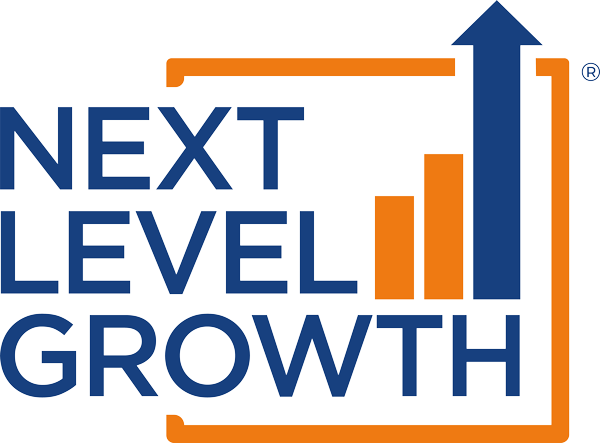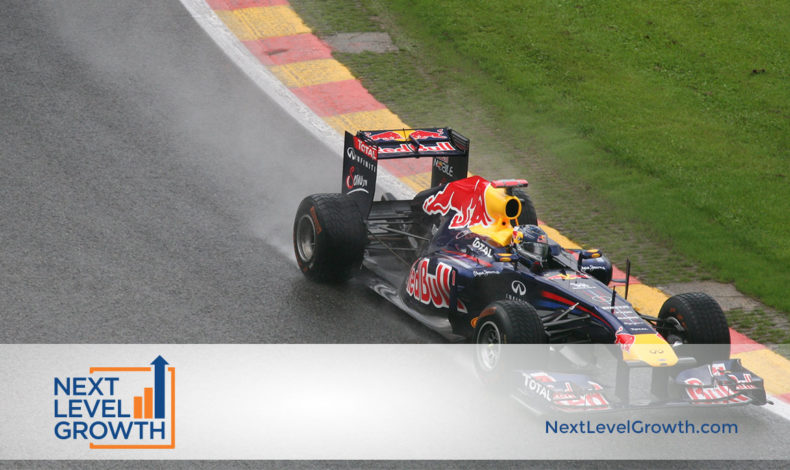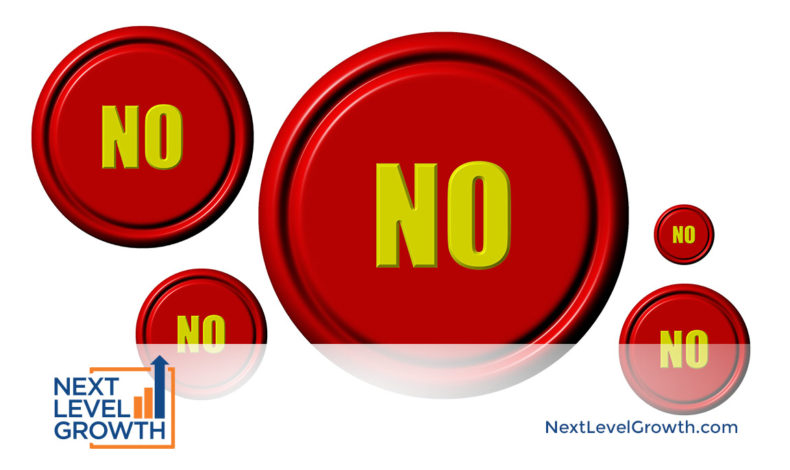According to a recent article by Douglas Vermeeren in Reliable Plant magazine, only 20 percent of the population actually sets goals for themselves. Of that 20 percent, roughly 70 percent of those goals are not achieved. That equates to only 14% of the population setting and achieving goals. While I see better success rates from the business I work with, in the early stages of our work together, most entrepreneurial businesses are only accomplishing around 40% of their goals on time.
After 6 years of working with over 80 organizations in over 900 full days of Planning Sessions, I am finding a very common thread among those who are succeeding and those who are not – a lack of capacity. All of the systems and planning in the world will not work if you do not first create capacity.
6 Steps to Achieving your Goals
Step 1: Create Capacity
In their book The 4 Disciplines of Execution, authors McChesney, Covey and Huling cite what they call the “whirlwind.” The whirlwind is all of the massive amounts of energy that are required to keep your operation going on a day-to-day basis. It is the #1 enemy of strategic execution.
The problem is that most entrepreneurs and their leadership teams spend nearly 100% of their capacity in the whirlwind. When you do that, you are not prioritizing your time to focus on the big-picture strategic goals that will grow your company and are choosing instead to prioritize staying in the weeds, doing work that could be delegated to lower cost per hour employees. As leaders and managers you must first focus on a skill we teach as part of EOS® called delegate and elevate. You must learn to delegate what drains you and focus on doing what fulfills you.
Step 2: Identify the Vital
Many things are important, but in business and in life, only a precious few are truly vital. You must understand and focus on the difference and prioritize accordingly.
Start by painting a 3-Year Picture™ of where you want the organization to be in 3 short years. Then, thinking about where you want your company to be in 3 years, where does it need to be in 1 year? In order to get where you need to be in 1 year, and to set yourself up to achieve your 3-Year Picture™ while at the same time focusing on your issues (I suggest doing a SWOT analysis and building an issues list), what are the 3 to 7 vital goals that must be accomplished in the next year? Write them down. At EOS®, we teach a tool called the Vision/Traction Organizer™ (V/TO).
Step 3: Set Quarterly Rocks
Following Steven Covey’s analogy from his book First Things First, as an EOS® Implementer I teach quarterly goals as Rocks. The 3 to 7 (less is more) most vital things that must get done in the next 90 days in order to reach your annual goals and/or remove the obstacles and barriers (Issues) that are standing in the way.
To set successful Rocks, they must be SMART Rocks.
Specific – It must be crystal clear to the entire team exactly what “done” looks like for each Rock
Measurable – You must be able to measure and define the finish line
Attainable – Everyone must be 100% committed that the Rock is attainable, even if a stretch, and the team must agree to hold each other accountable for getting the Rocks done
Relevant – The Rocks must be relevant to the Annual Goals or to removing an obstacle or barrier. This ensures alignment to the Vital Goals.
Timely – The current quarter must be the right time to focus on the specific Rocks
Step 4: Set Milestones
During the quarter, on your way to accomplishing your Rock, define what “on track to win” looks like. Think about the few major hurdles you must cross to accomplish the Rock. Establish a timeline that includes SMART milestones with due dates and focus on one milestone at a time.
Think about it like golf. If you want to shoot par, you have to take it one hole at a time. In order to par the hole, most golf professionals will tell you to focus on 3 “milestones”: fairways hit, greens in regulation, and putts. If you hit the fairway off the tee, make the green in regulation, and get in the hole in no more than 2 putts, you will par the hole. That’s why if I’m playing golf and there are wagers on the line, I hit my 3-wood off the tee rather than my driver. I don’t focus on the entire hole, just hitting the fairway. My fairways hit goes up, which sets me up to more likely hit the green in regulation which increases my odds of finishing the hole in no more than 2 putts. It’s when I get greedy on the tee and start thinking about eagle on a par-5 and try to cut the woods and carry the pond that I snap-hook and end up taking a penalty along with the ridicule of the rest of my foursome.
Step 5: Create Accountability with a Meeting Pulse
Create a weekly cadence for a high-value, focused meeting of the leadership team. Report on measurables and Rocks and solve issues for anything that is not on track to be 100% done by the due date. This allows healthy teams to hold each other accountable and execute at a much higher level than teams who do not.
I teach my clients to hold what we call Level-10 Meetings. These meetings are on the same day and at the same time each week, start on time, end on time, and follow the same agenda. As my clients progress in running solid Level-10 Meetings, they find that on a scale of 1-10, the value of their time meeting together goes from an average of around a 4 or 5 to a consistent 9-10.
Step 6: Establish a Quarterly Rhythm
Every 90 days, before you set your new goals for the quarter, meet as a team offsite to avoid distractions and reflect on the prior quarter.
What did you accomplish? What did you do that helped you succeed? What didn’t get done? If you had it to do over again, what would you have done differently in order to be successful? Have you created the capacity to spend the necessary time focused on the vital things, or have you sacrificed the vital to spend your time buried in the whirlwind?
Parting Thoughts
Focus on the lessons learned and carry those lessons forward as you repeat the steps above. Focus on continual progress over perfection because growing a business is all about positive momentum. And don’t forget to celebrate your wins!
Written by Michael Erath, Certified Scaling Up Coach, Pinnacle Business Guide &
Former Record Holding Certified EOS implementer®
Next Steps
Entrepreneurial Operating System® and EOS® are registered trademarks of EOS Worldwide, LLC. Next Level Growth is not affiliated with EOS Worldwide, LLC.






